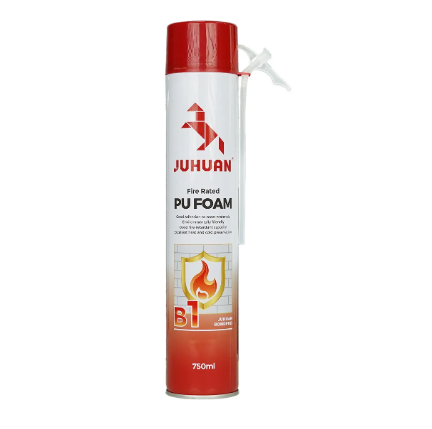PU Foam: The Silent Revolution in Modern Construction
Walk through any construction site today, and you’ll notice a quiet shift. Builders, architects, and even homeowners are ditching traditional materials for something smarter: PU foam. Why? Let’s start with the basics. Construction has always grappled with two big headaches: keeping buildings energy-efficient and making them last. Traditional insulators like fiberglass or cellulose often fall short—they gaps, let heat escape, or break down over time.
PU foam, though? It’s a different beast. When applied, it expands to fill every nook and cranny, creating an airtight seal that stops heat transfer in its tracks. For homeowners, that means lower monthly energy bills—no more cringing when the AC or heater kicks on. For contractors, it’s a selling point that wins projects: “This building will save your client money for decades.” It’s not just a material; it’s a solution to one of construction’s oldest problems.
PU Foam’s Durability: Built to Outlast the Elements
Ever seen a building rot from the inside out? Moisture and mold are construction’s silent killers, and traditional materials often make them worse. Wood soaks up water, drywall crumbles, and even concrete can develop cracks that let in damp. But PU foam? It’s water-resistant by nature.
When sprayed onto walls, roofs, or foundations, it forms a barrier that repels moisture, stopping mold in its tracks. That’s a game-changer for areas with heavy rain or humidity—no more costly repairs for water damage. And it doesn’t just resist water; it stands up to time. Unlike materials that shrink or degrade, PU foam maintains its shape and seal for 50+ years. For clients, that means fewer renovations, less stress, and a building that ages gracefully.
Speed and Versatility: PU Foam Fits Every Project
Construction delays cost money—everyone knows that. Whether it’s a small home renovation or a large commercial build, time is tight. That’s where PU foam’s ease of use shines. Unlike traditional insulators that require cutting, fitting, and multiple layers, PU foam is applied with a spray gun. It expands in seconds, conforming to odd shapes, pipes, and wiring without extra work.
A crew can insulate an entire room in hours, not days. And it’s versatile: use it on roofs, walls, floors, even around windows. For contractors juggling tight deadlines, this means finishing projects faster, keeping clients happy, and moving on to the next job sooner. Homeowners love it too—less disruption, quicker move-in dates, and no messy leftover materials cluttering the site.
PU Foam and Green Building: Sustainability That Counts
These days, “green” isn’t just a buzzword—it’s a requirement. Clients want buildings that reduce their carbon footprint, and regulators are cracking down on high-emission materials. PU foam checks all the boxes. Modern formulations are low in VOCs (volatile organic compounds), so they don’t release harmful fumes into the air. Even better, many types are recyclable, and their energy-saving properties mean less reliance on fossil fuels for heating and cooling.
For developers aiming for LEED or BREEAM certifications, PU foam is a secret weapon. It helps meet strict sustainability standards without sacrificing performance. For eco-conscious homeowners, it’s proof that they’re making a responsible choice—one that benefits both their wallet and the planet.
Why PU Foam is the Future of Construction
Put it all together: energy savings, durability, speed, and sustainability. These aren’t just nice-to-haves—they’re the pillars of modern construction. Clients don’t just want a building; they want a long-term investment that works for them, not against them.
PU foam delivers on every front. It cuts energy bills, reduces repairs, speeds up projects, and aligns with green goals. As construction evolves to meet tighter regulations and higher client expectations, PU foam isn’t just a trend—it’s the next step. For anyone building tomorrow’s structures, ignoring it means falling behind.

